
12 Everyday Fruits and Vegetables with the Most Pesticides – What Are the Real Risks of the 'Dirty Dozen'?
A leafy green, long praised for its health benefits, now tops the list of pesticide-laden produce. One popular fruit tested positive for 14 different chemicals. While some experts raise health concerns, others argue the risks are overstated.
The 2025 "Dirty Dozen" list is out. It names 12 widely consumed fruits and vegetables found to carry the highest pesticide residues in new government testing. These are not exotic items. They're packed into school lunches, blended into smoothies, and served at dinner tables across the country.

Shoppers buy fresh vegetables, fruit, and herbs at an outdoor produce market | Source: Getty Images
Each item comes with a chemical profile that's prompting new scrutiny. As more data emerges on banned substances, multiple residues, and potential health effects, people are wondering: What's actually safe to eat?
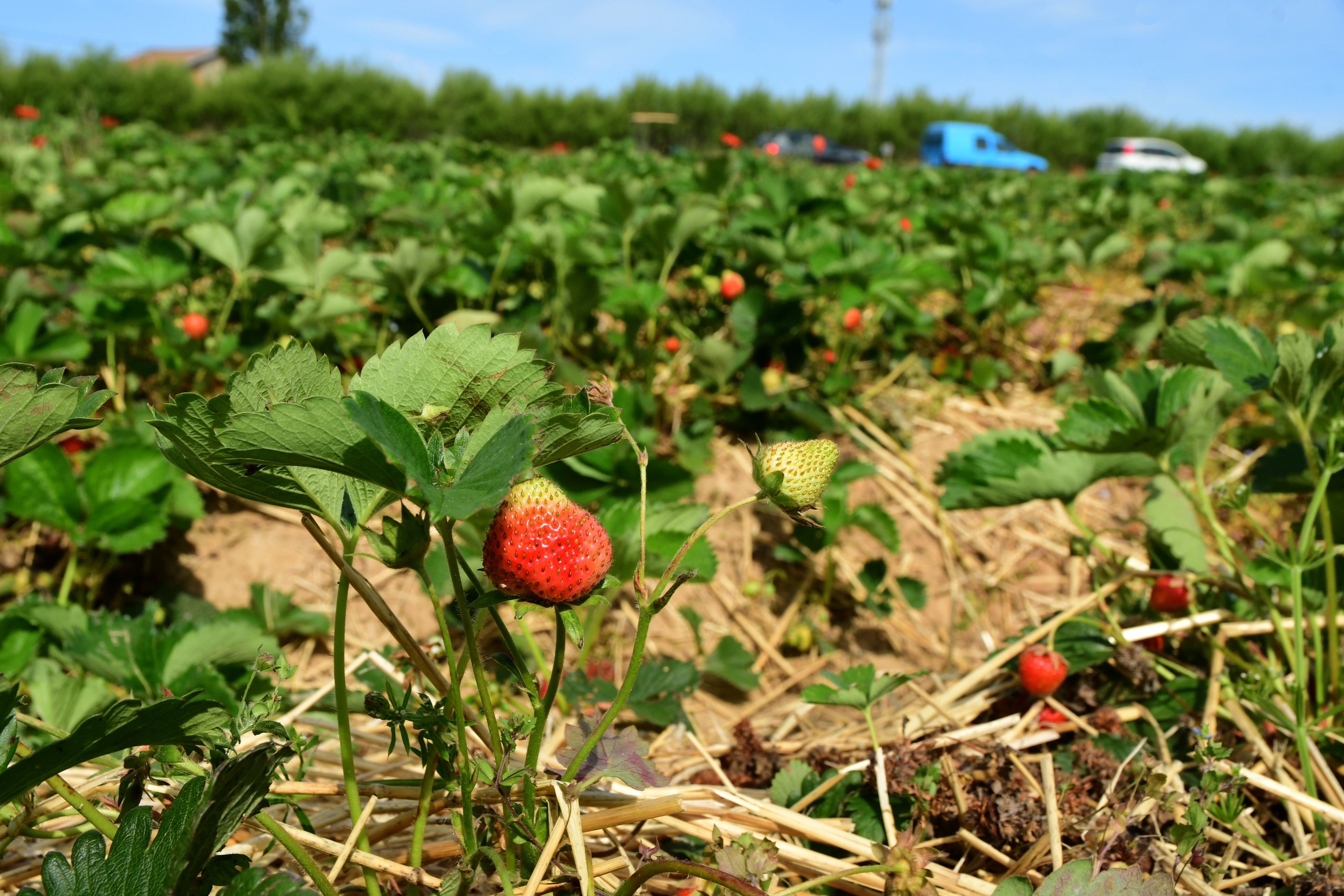
Strawberries for jam seen in a field at a producer's farm | Source: Getty Images
The EWG's Shopper's Guide: A History of the Dirty Dozen
Since 2004, the Environmental Working Group, or EWG, has published its annual "Shopper's Guide to Pesticides in Produce." The report ranks conventional fruits and vegetables using USDA and FDA pesticide data.
At the core of the guide are two lists: the "Dirty Dozen," which highlights the most contaminated crops, and the "Clean Fifteen," which includes those with the lowest pesticide levels.

A couple holds two kale burgers in their hands | Source: Getty images
According to Alexis Temkin, EWG Vice President for Science, "The guide is there to help consumers eat a lot of fruits and vegetables while trying to reduce pesticide exposure."
This year's rankings were based on more than 53,000 samples of 47 different fruits and vegetables. For the first time, the methodology also considered pesticide toxicity, not just how often and how much pesticide was found, but how likely it is to cause harm.
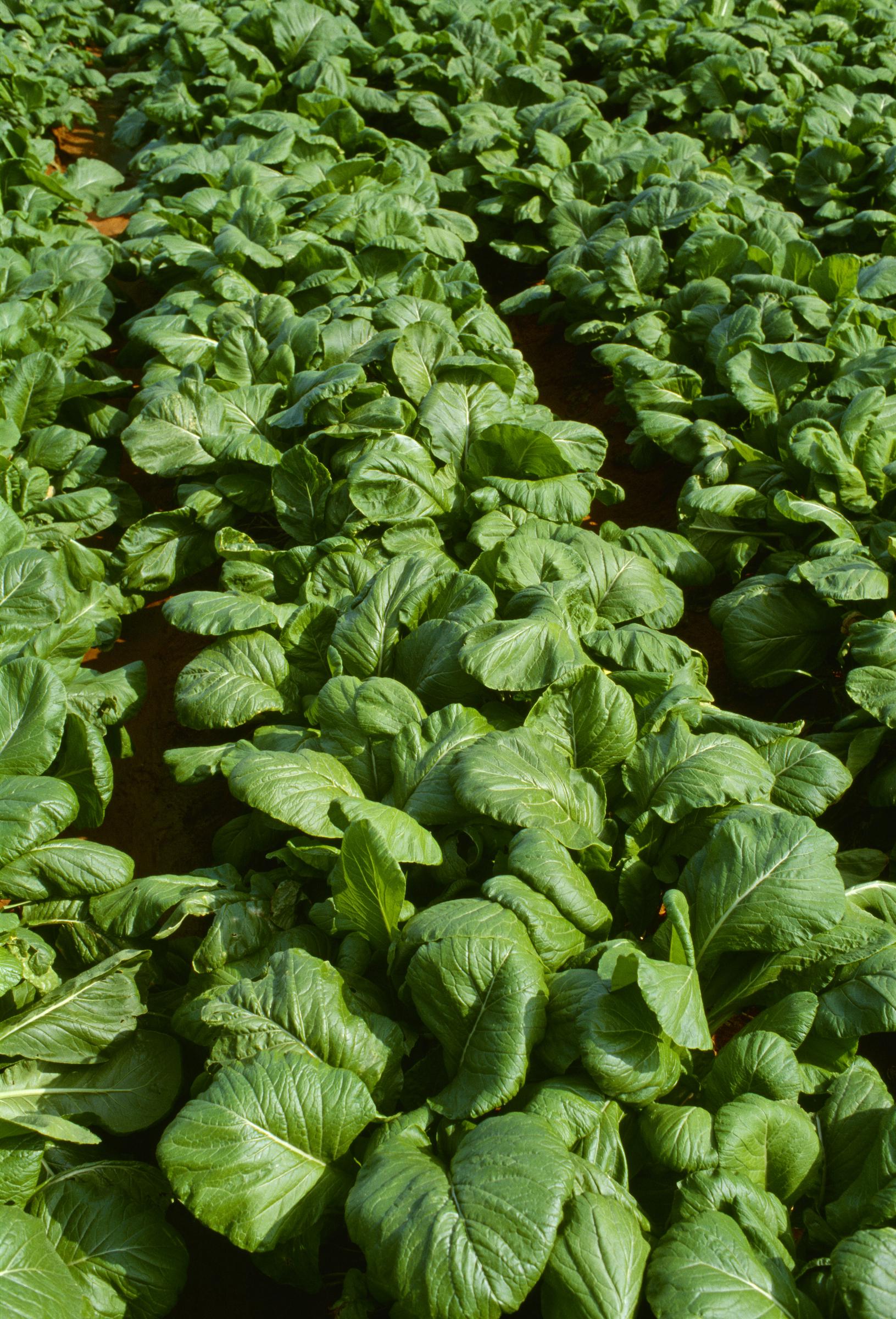
Maturing mustard greens plants in the field | Source: Getty images
The 2025 Dirty Dozen and Clean Fifteen Lists
Based on the latest USDA and FDA data, the following foods were identified as having the highest and lowest levels of pesticide residues.
The Dirty Dozen (highest pesticide residues):
- Spinach
- Strawberries
- Kale, Collard, and Mustard Greens
- Grapes
- Peaches
- Cherries
- Nectarines
- Pears
- Apples
- Blackberries
- Blueberries
- Potatoes
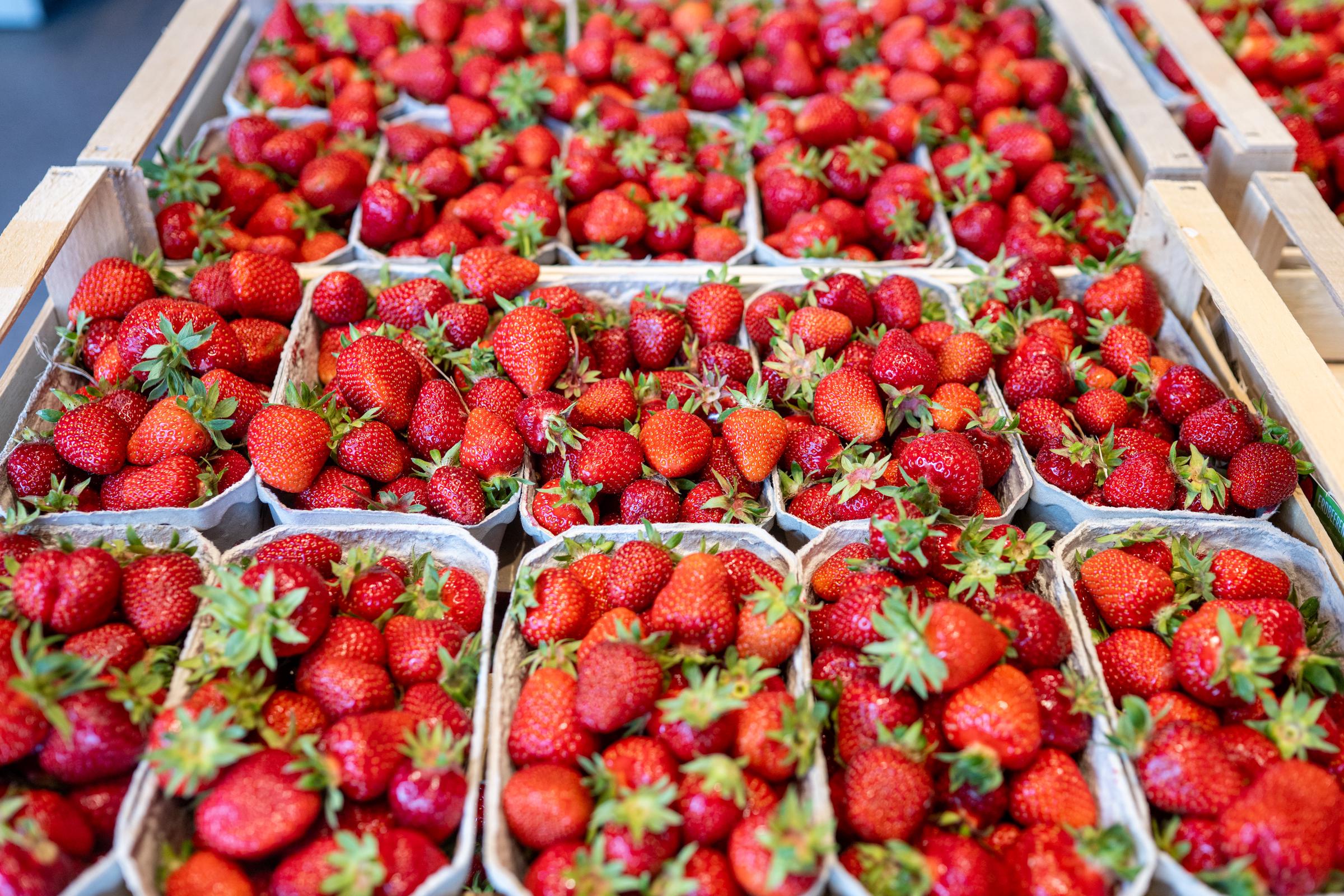
Strawberries offered for sale in trays, | Source: Getty Images
These fruits and vegetables showed multiple pesticide residues per sample, with some containing chemicals banned in other countries.
The Clean Fifteen (lowest pesticide residues):
- Pineapples
- Sweet Corn (fresh and frozen)
- Avocados
- Papaya
- Onions
- Sweet Peas (frozen)
- Asparagus
- Cabbage
- Watermelon
- Cauliflower
- Bananas
- Mangoes
- Carrots
- Mushrooms
- Kiwis
Nearly 60 percent of Clean Fifteen samples had no detectable pesticide residues. Many of these items are protected by skins or peels that help reduce contamination.

Grapes ready for picking | Source: Getty Images
Spinach Tops the 2025 Dirty Dozen List
For the second year in a row, spinach ranks first on the Dirty Dozen. While it remains a nutrient-rich food, the USDA found it had more pesticide residue by weight than any other produce tested.
In the agency's most recent round of testing, 76 percent of conventional spinach samples contained permethrin, a neurotoxic insecticide that has been banned from food crops in Europe since 2000.

A plate of spinach salad with chicken, orange and sesame | Source: Getty Images
The Environmental Protection Agency classifies Permethrin as "likely to be carcinogenic to humans" when ingested. At high doses, it can trigger tremors and seizures. One study found that children with detectable levels of permethrin in their urine were twice as likely to be diagnosed with ADHD.
The USDA also detected dichlorodiphenyltrichloroethane (DDT), banned in the 1970s, on top 40 percent of spinach samples. Though found in lower concentrations, DDT and its breakdown products persist in soil and are highly toxic.
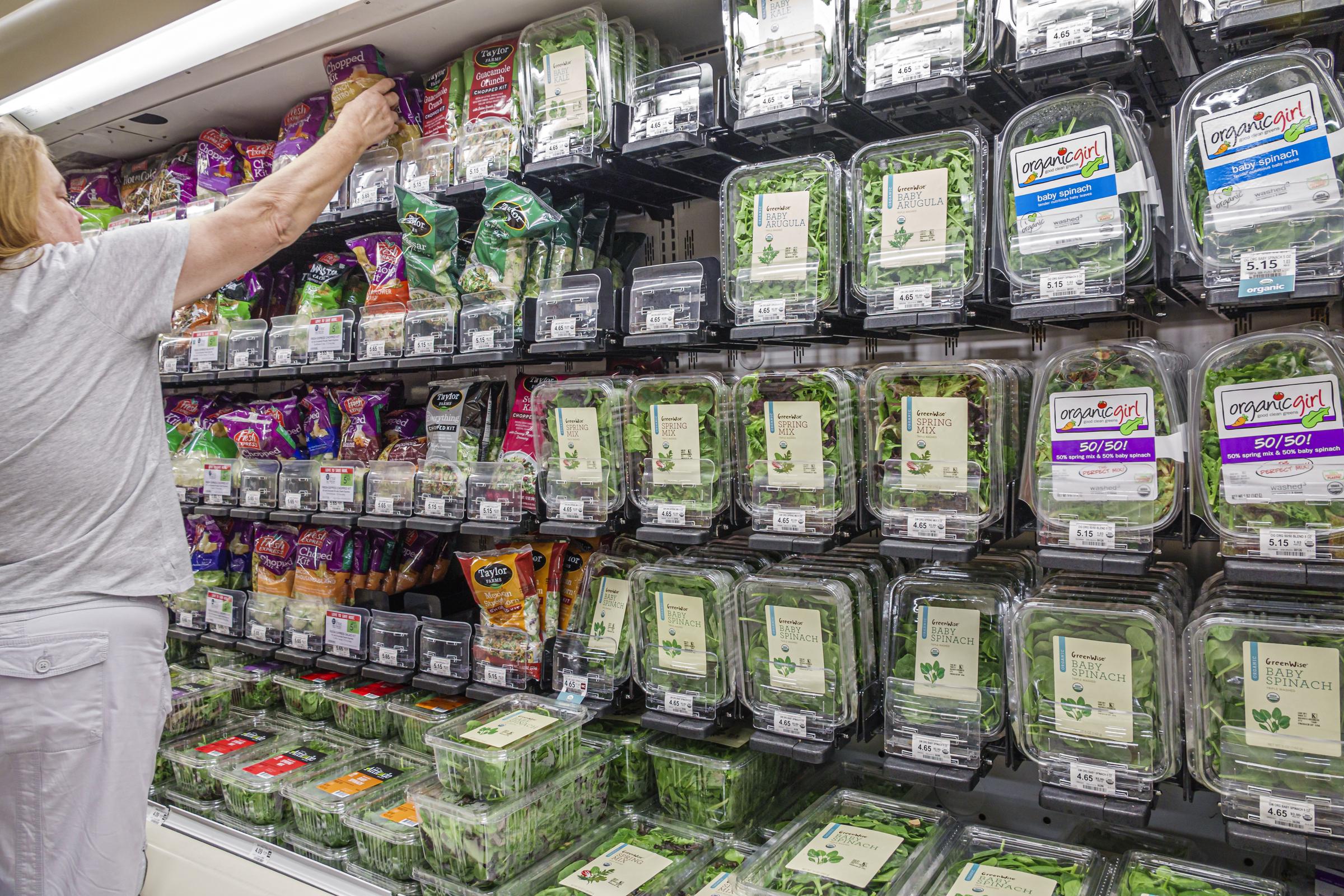
A produce aisle, featuring an array of spinach varieties | Source: Getty Images
Three fungicides — mandipropamid, fluopicolide, and ametoctradin — were also found in relatively high concentrations. Their long-term effects in humans remain unclear.
While most residues were within EPA limits, some spinach samples violated those limits or contained pesticides not approved for use on spinach. These inconsistencies are part of why spinach remains under scrutiny.
And while spinach continues to lead the list, it's far from the only concern. Several other popular items also tested positive for multiple residues.
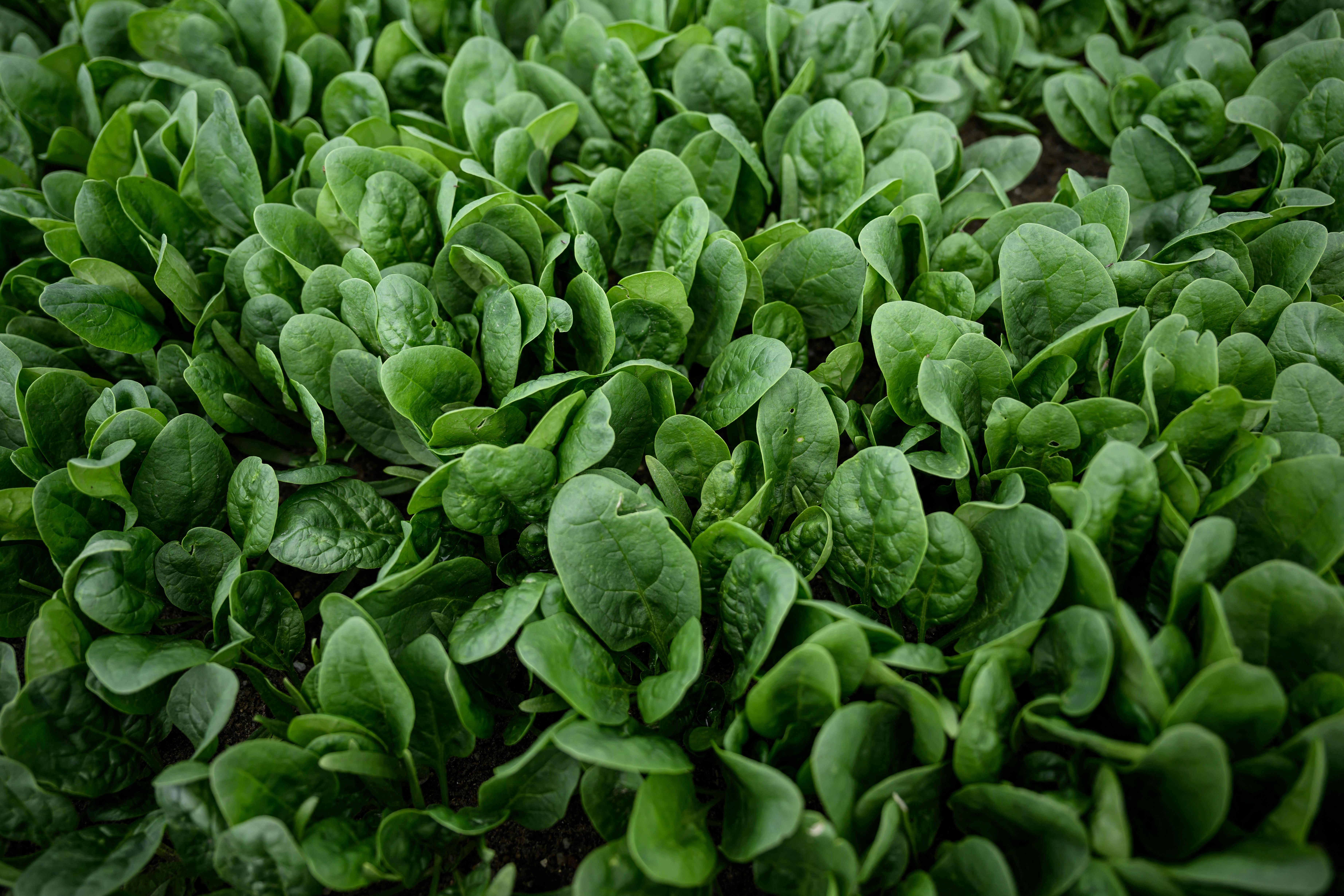
Closeup of spinach plants growing in the field | Source: Getty Images
New and Notable: Blackberries and Potatoes Join the List
Blackberries appeared on the Dirty Dozen for the first time after the USDA began testing them in 2023. Ninety-three percent of samples contained pesticide residues. One sample had 14 different chemicals, including cypermethrin, which the EPA classifies as a possible human carcinogen.
Potatoes returned to the list due to the widespread detection of chlorpropham, a chemical used after harvest to prevent sprouting. Though legal in the U.S., it was banned in the European Union in 2019 due to health concerns. The USDA found that 90 percent of tested potatoes had chlorpropham residues.
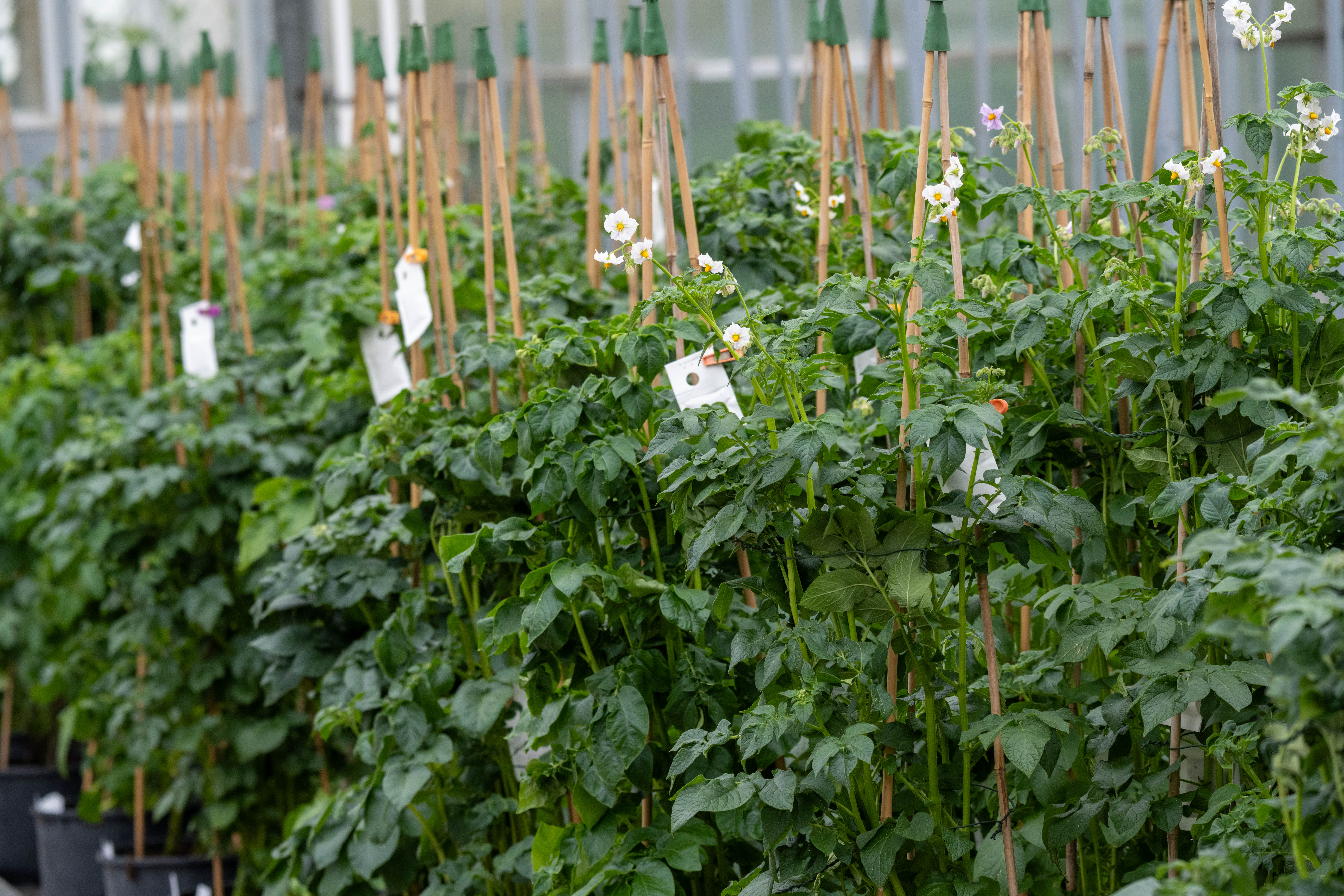
Potato plants in an experimental greenhouse | Source: Getty Images
Both foods are notable not just for their rankings but for their popularity. Potatoes are the most consumed vegetable in the country, and blackberries have grown increasingly common in smoothies, baked goods, and snack packs.
As more produce items are tested and ranking methods evolve, the list continues to reveal just how complex pesticide exposure through diet can be and why it's not just about what's found, but how harmful those chemicals may be when combined.
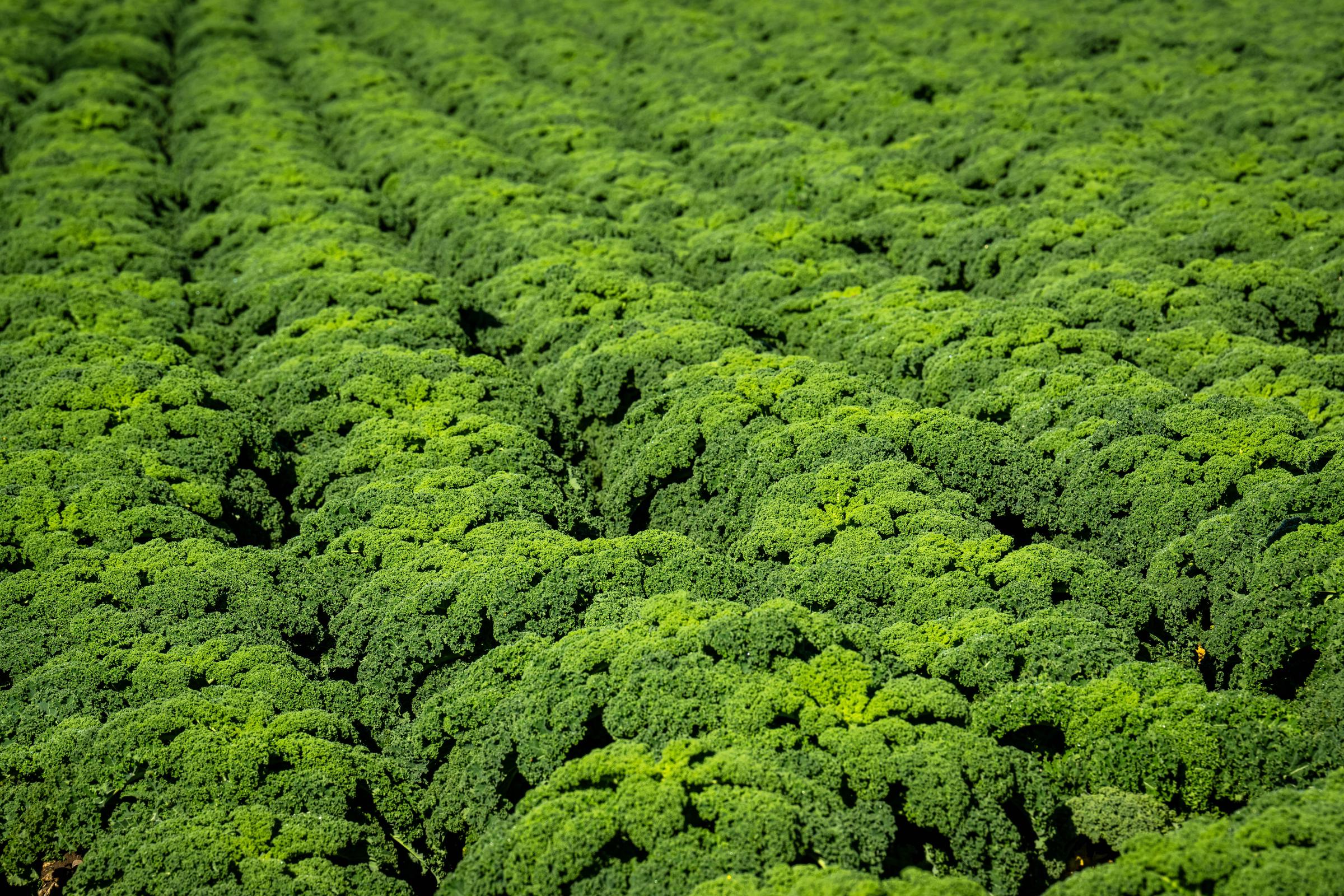
Kale growing in a field | Source: Getty Images
Health Risks of Pesticide Exposure
The presence of pesticide residues on fresh produce doesn't automatically mean danger. However, mounting scientific evidence suggests that even low-level, repeated exposure may pose real risks, especially for vulnerable populations like children and pregnant women.
The American Academy of Pediatrics and the Centers for Disease Control and Prevention have linked pesticide exposure to birth defects, low birth weight, developmental delays, childhood cancers, and reproductive issues.
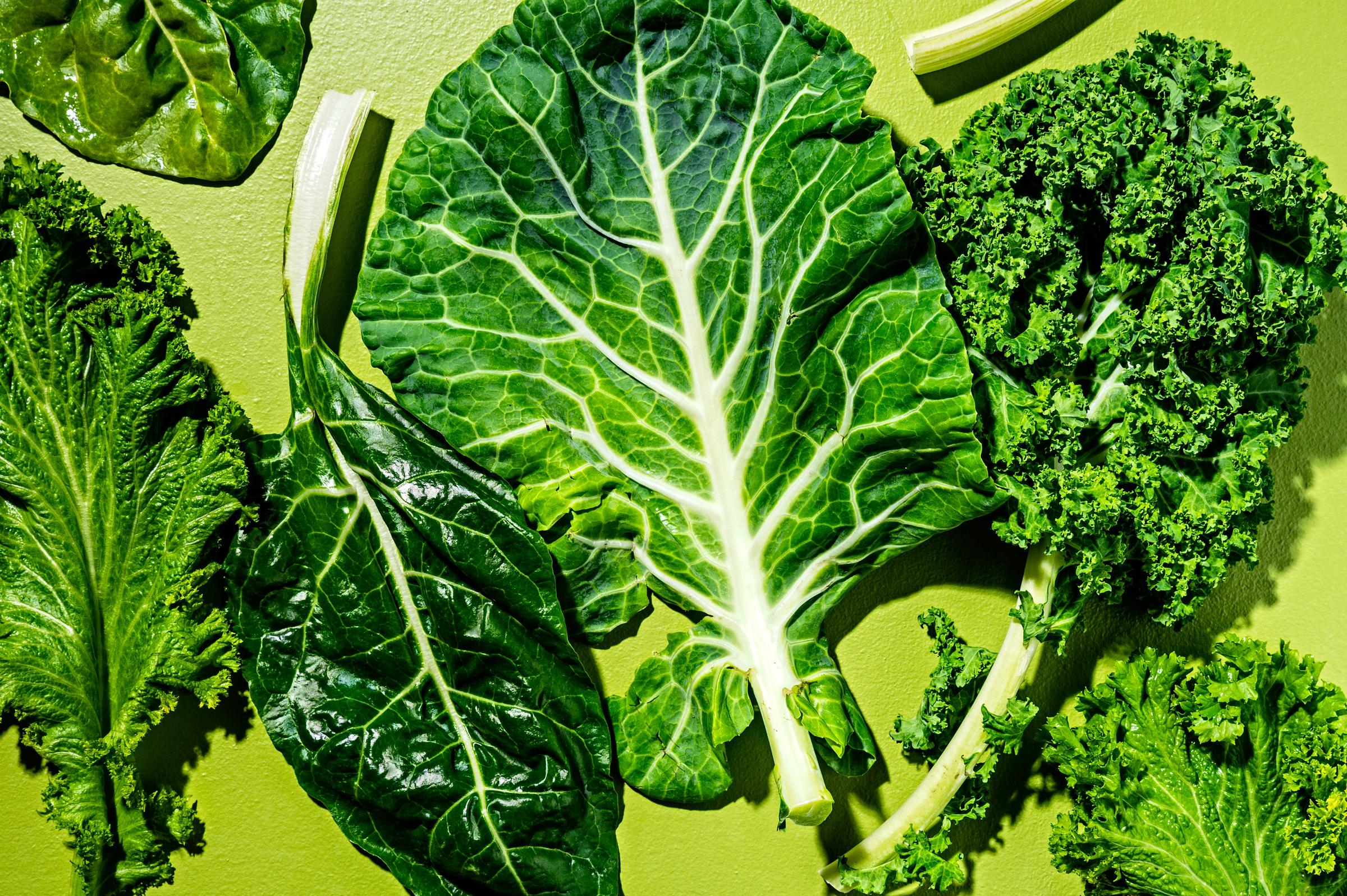
Mustard, chard, collards, and kale | Source: Getty Images
A 2024 study found that children exposed to pesticides early in life showed poorer neurodevelopment through adolescence. A 2022 meta-analysis reported that farmworkers regularly exposed to pesticides were nearly five times more likely to exhibit DNA damage.
Diet is believed to be a major route of exposure. One study found that people who switched from conventional to organic diets had significantly lower pesticide levels in their urine, often within days.
Even in isolation, the health outcomes associated with these substances have made experts increasingly vocal about the need for more rigorous oversight. The consensus is growing that the cumulative effects of pesticide exposure are under-evaluated, and regulation may not be keeping up with science.
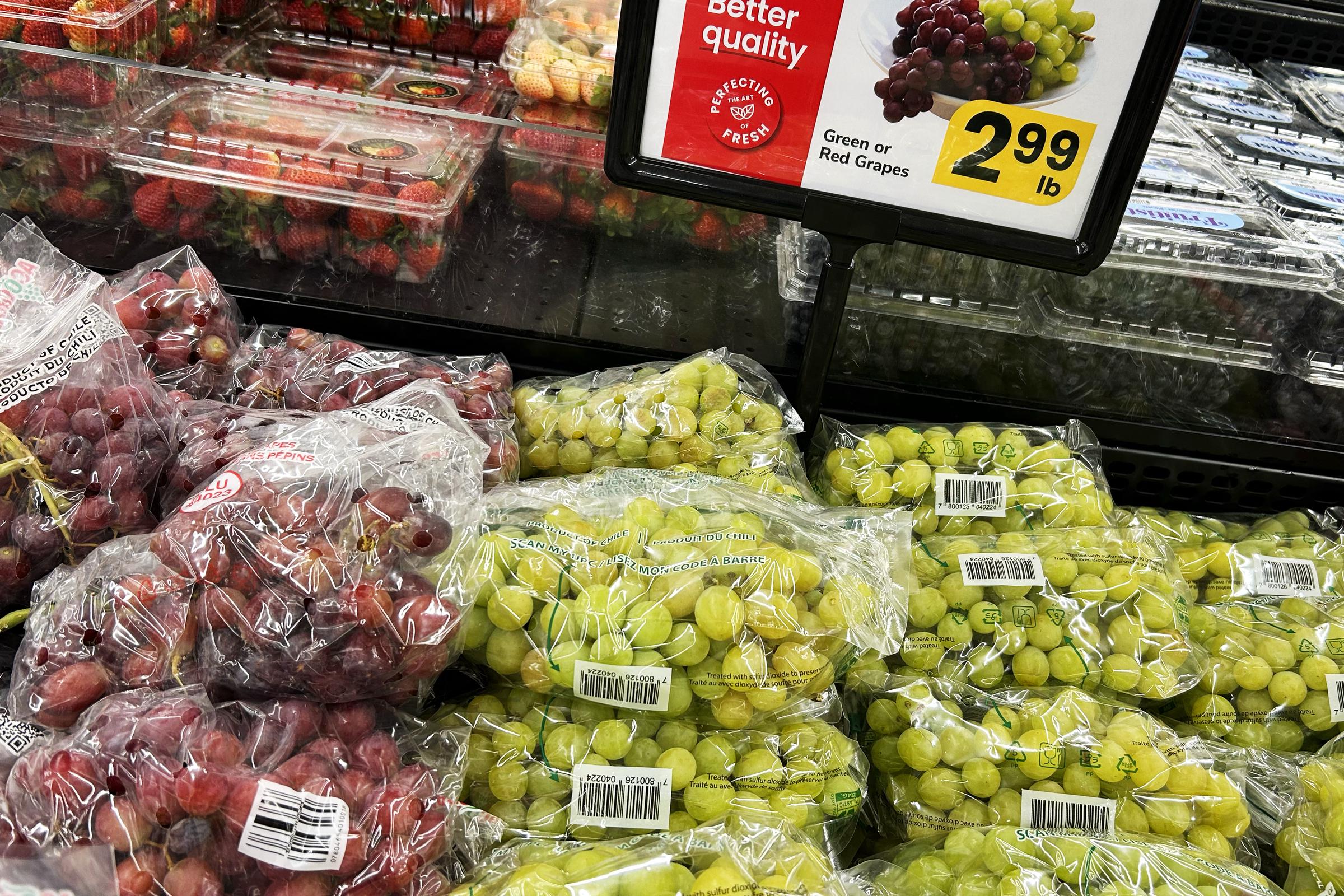
Grapes for sale at a store | Source: Getty images
What the Numbers Don't Show: Mixed Chemical Exposure
As this year's Dirty Dozen data revealed, multiple residues often appear on a single fruit or vegetable, sometimes more than 50 different pesticides across samples of a single crop. In practice, this means consumers are routinely exposed to chemical combinations rather than individual substances.
The scientific community has raised growing concerns about this cocktail effect. Some toxicologists point to animal studies suggesting that when pesticides are combined, their overall toxicity may increase, even if each chemical remains below its individual threshold of concern.

Fresh fruits and vegetables at a stall | Source: Getty Images
This is especially relevant for items like spinach, strawberries, and kale, which consistently test positive for multiple residues per sample. According to EWG's updated methodology, these foods now rank not just by how often pesticides are detected, but also by how toxic those specific pesticides are, alone and in combination.
As EWG associate scientist Varun Subramaniam explained, "We're not only flagging produce with the most pesticides, we're also highlighting those with potential health hazards."
Despite these concerns, U.S. pesticide policy has yet to address the reality of mixed exposures meaningfully. For now, consumer guides like EWG's "Shopper's Guide" serve as one of the only public-facing tools that attempt to bridge that information gap.
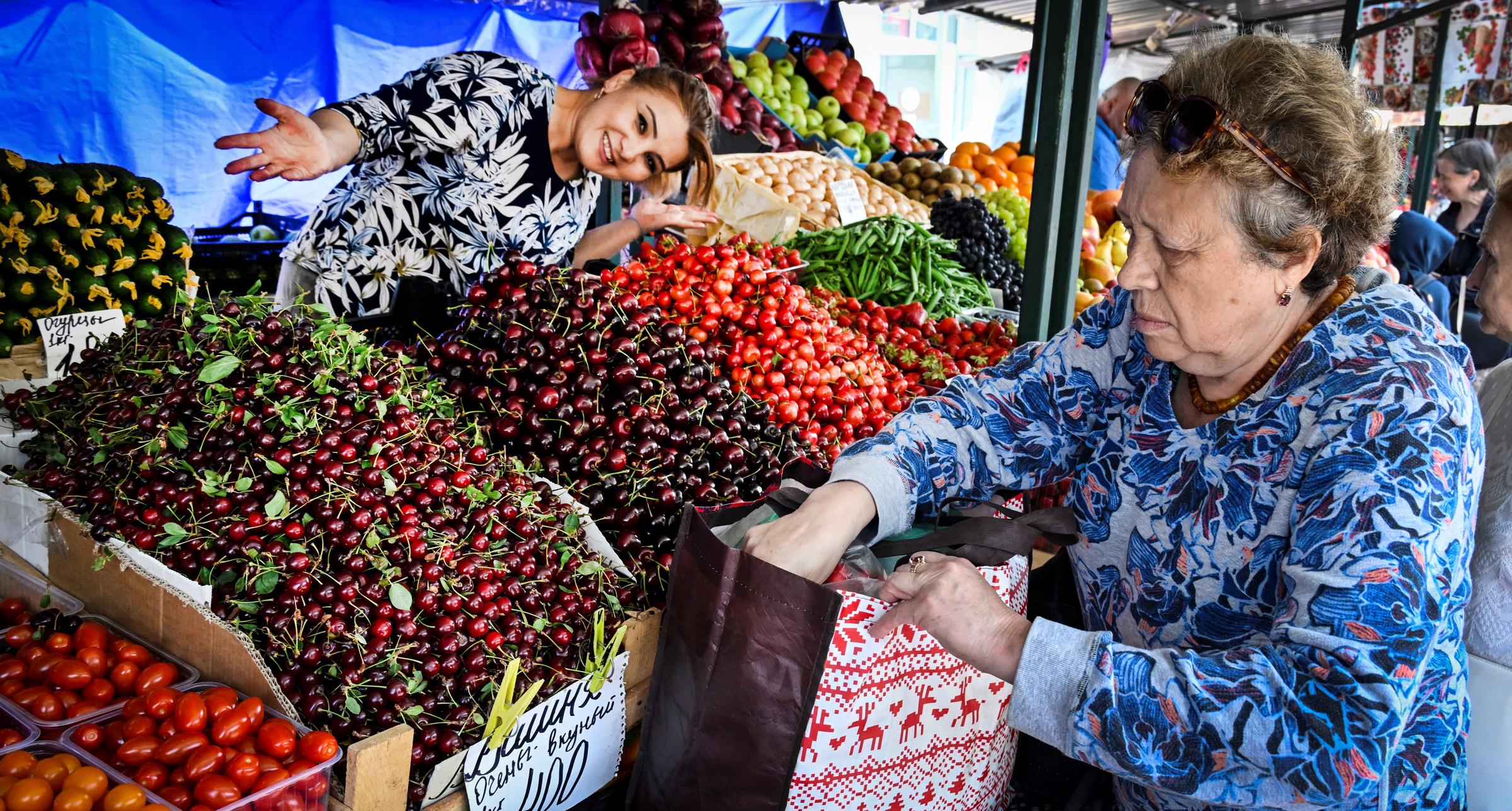
A vendor offers cherries and vegetables at a market | Source: Getty Images
Critics Push Back: Are the Risks Overstated?
Not everyone agrees with the urgency that EWG conveys. For years, the Alliance for Food and Farming, a nonprofit representing both organic and conventional produce farmers, has pushed back against the list, arguing that it stokes unnecessary fear about food that is safe to eat by most standards.
"Consumers should be reassured by decades of toxicology studies, government data, and nutrition research," said the group's executive director, Teresa Thorne.
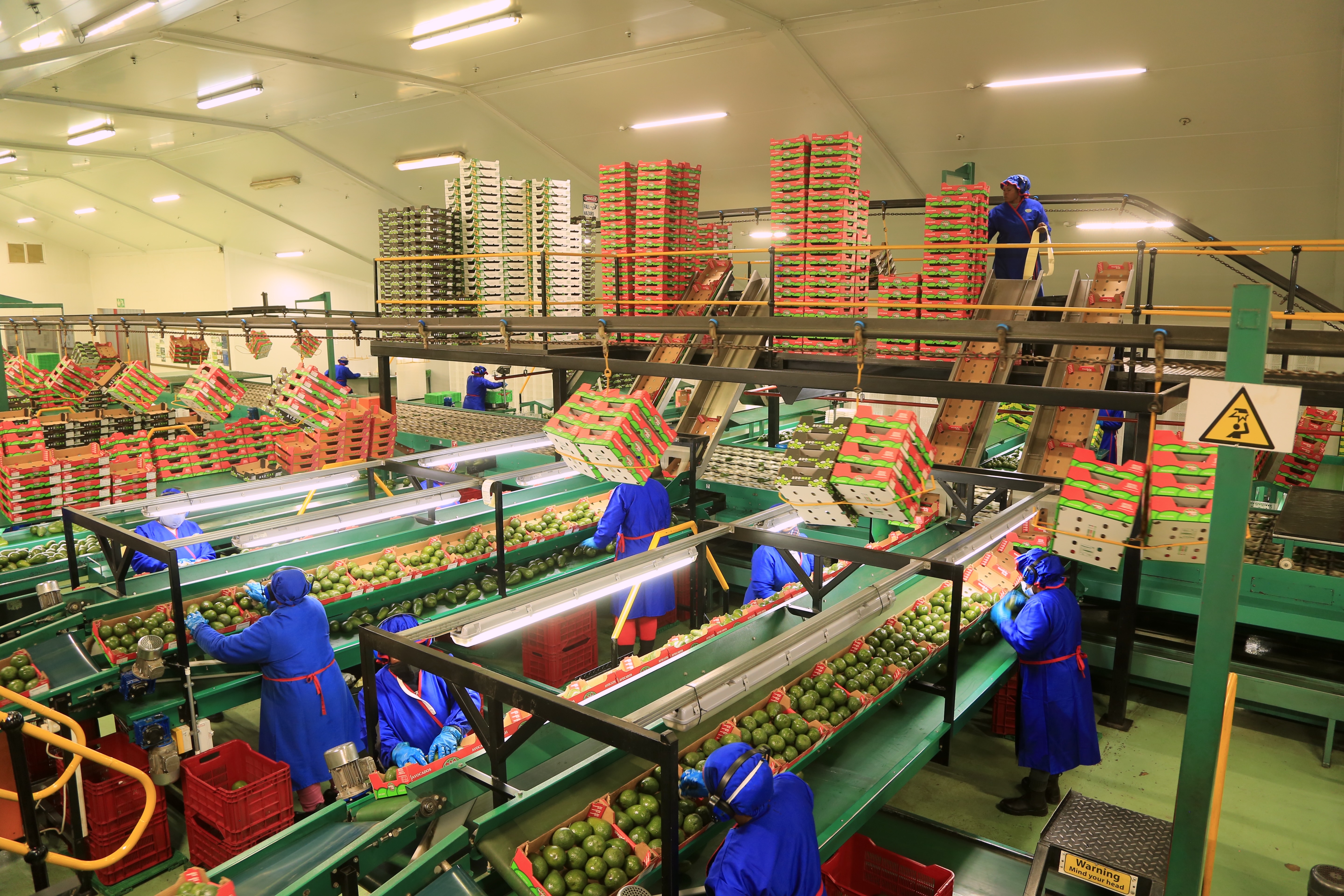
Employees work at the sorting line of avocados at a factory | Source: Getty Images
EWG, for its part, doesn't suggest cutting out conventional produce. "For people looking to reduce pesticide exposure, buying from the Clean Fifteen is a great place to start," said Temkin. The guide, she noted, is about giving consumers more information, not less access.
This clash between advocacy and industry reflects a deeper divide over how food safety should be measured: what's legally permissible or biologically prudent. And for families trying to make the healthiest choices possible, those lines remain blurry.

Carrots and other vegetables for sale in a store | Source: Getty Images
How to Reduce Your Pesticide Exposure
While the Dirty Dozen list can be unsettling, experts agree on one point: fruits and vegetables should stay on your plate. The goal isn't to avoid them but to make smarter choices when it comes to how they're sourced and prepared.
For those looking to lower their exposure to pesticides, a few targeted steps can make a meaningful difference. The first recommendation from EWG and pediatric groups is to buy organic versions of the Dirty Dozen when possible.
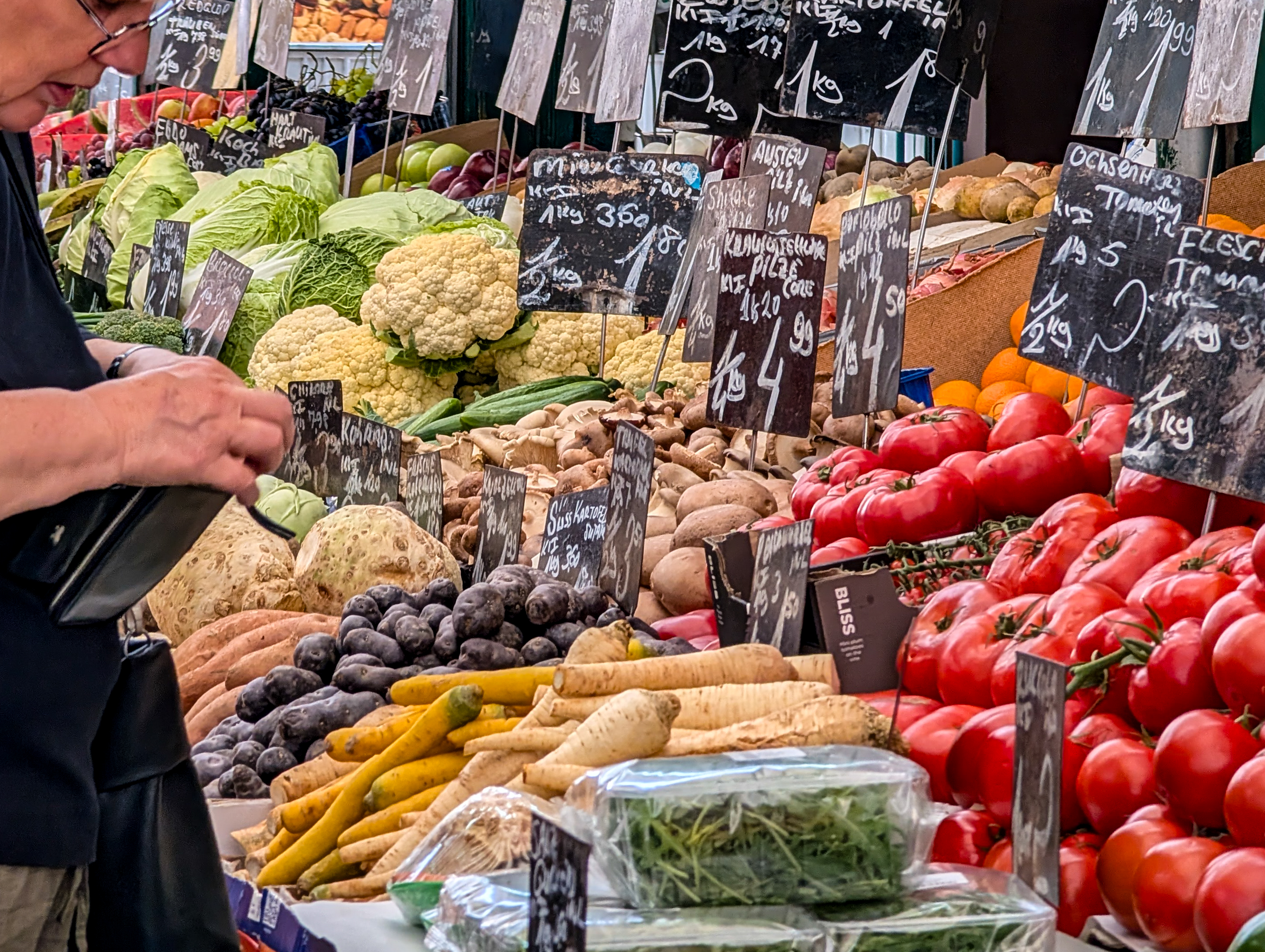
Fresh vegetables and handwritten price signs are displayed at a market stall | Source: Getty Images
These items are more likely to carry multiple pesticide residues, including some with links to serious health concerns. For produce on the Clean Fifteen, conventional versions are generally considered a safer bet. Proper washing is also essential, regardless of whether the produce is organic or conventional.
The USDA washes all test samples for 15 to 20 seconds under running water, which consumers replicate at home. Firm items like carrots, cucumbers, and potatoes can be scrubbed with a clean brush. Leafy greens should be rinsed leaf by leaf with low-pressure, lukewarm water and dried in a colander.
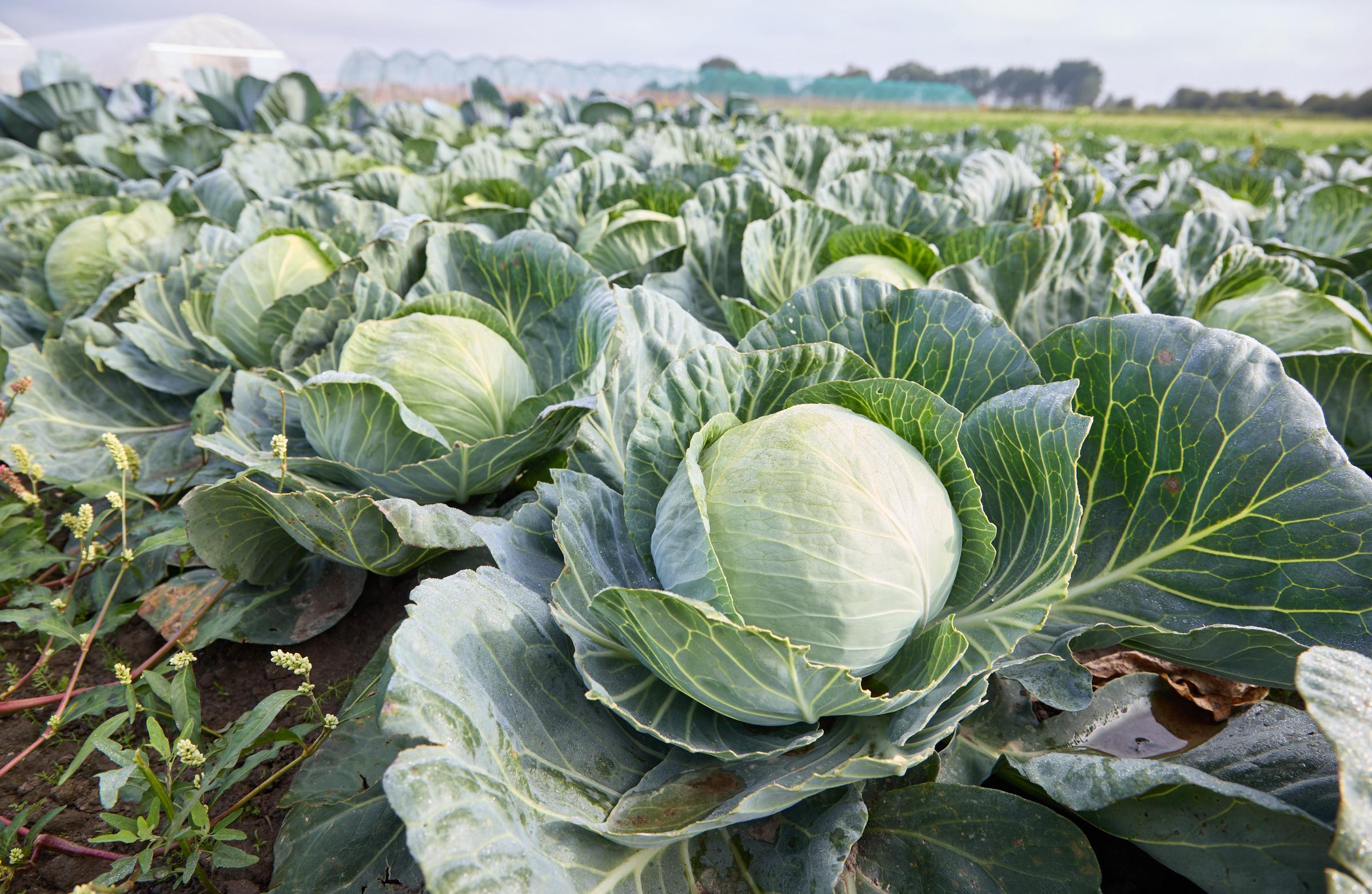
Cabbages grow in a field at a cabbage farm | Source: Getty Images
The FDA advises against using bleach, soap, or chemical produce washes since fruits and vegetables are porous and may absorb those substances. Even triple-washed bagged greens don't always arrive residue-free, but additional rinsing isn't typically necessary, according to FDA guidance.
However, produce safety experts emphasize the importance of cleaning hands, knives, cutting boards, and storage containers before and after handling fresh fruits and vegetables to prevent cross-contamination.
Some of the simplest changes, like peeling apples or switching to frozen organic berries, can help reduce pesticide intake without drastically altering the grocery bill.

Radicchio, mango, cabbage, carrots, and cut-up chicken | Source: Getty Images
The Broader Impact of Pesticides Beyond the Plate
Pesticides don't stop affecting the environment once they leave the farm field. Long after crops are harvested, chemical residues linger in soil, water, air, and even in the bodies of animals that share our ecosystems.
Studies by the U.S. Geological Survey have found residues in over 90 percent of water samples from rivers and urban streams. Many exceed safety limits for aquatic life.
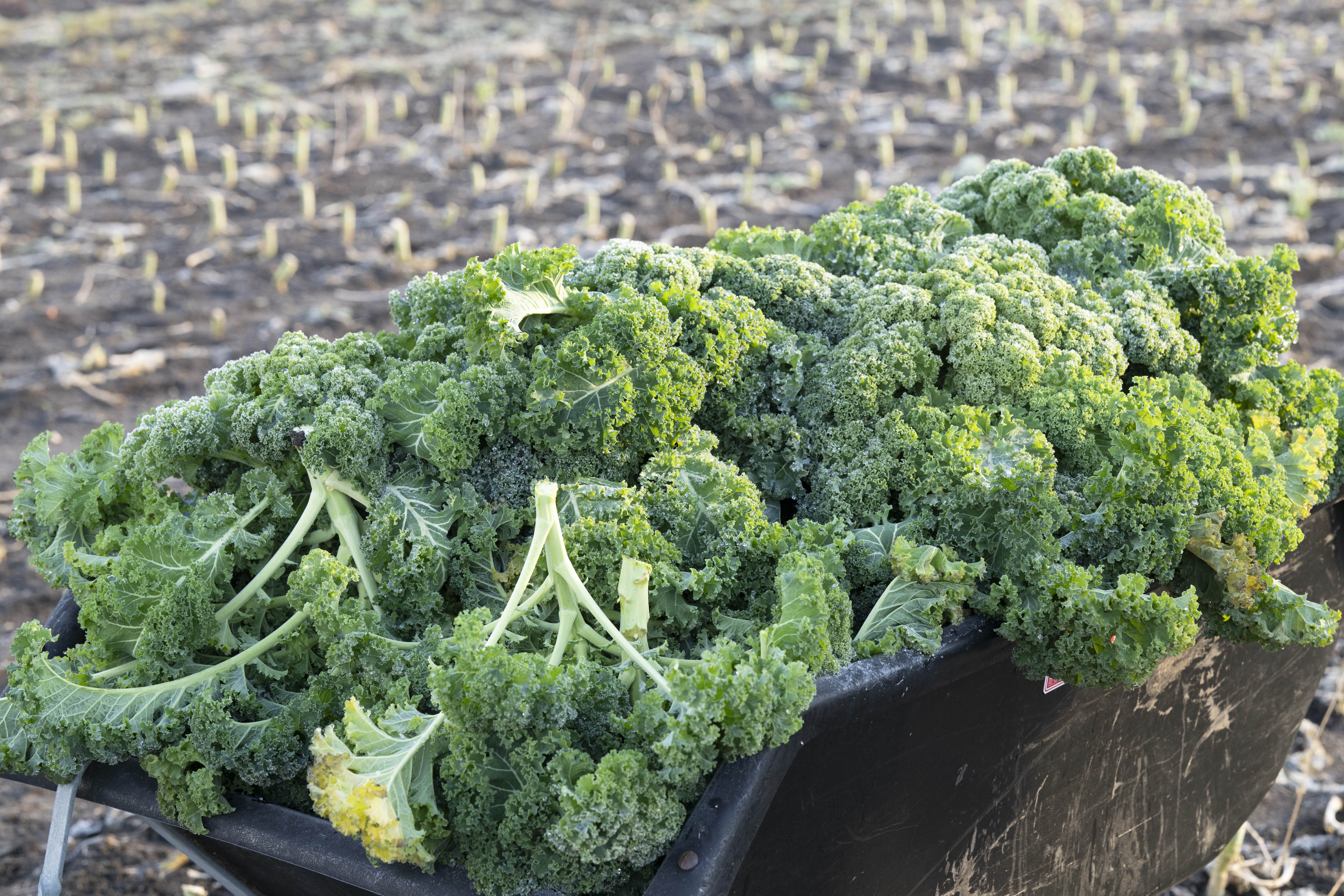
A cart with kale stands in a field | Source: Getty Images
Pesticides also affect soil health by reducing beneficial microbes that help cycle nutrients. Over time, this weakens soil fertility and increases reliance on synthetic fertilizers.
Airborne pesticide drift can damage surrounding crops and natural habitats. Wildlife, including birds, fish, amphibians, and bats, show signs of pesticide exposure, from behavioral changes to reproductive decline.
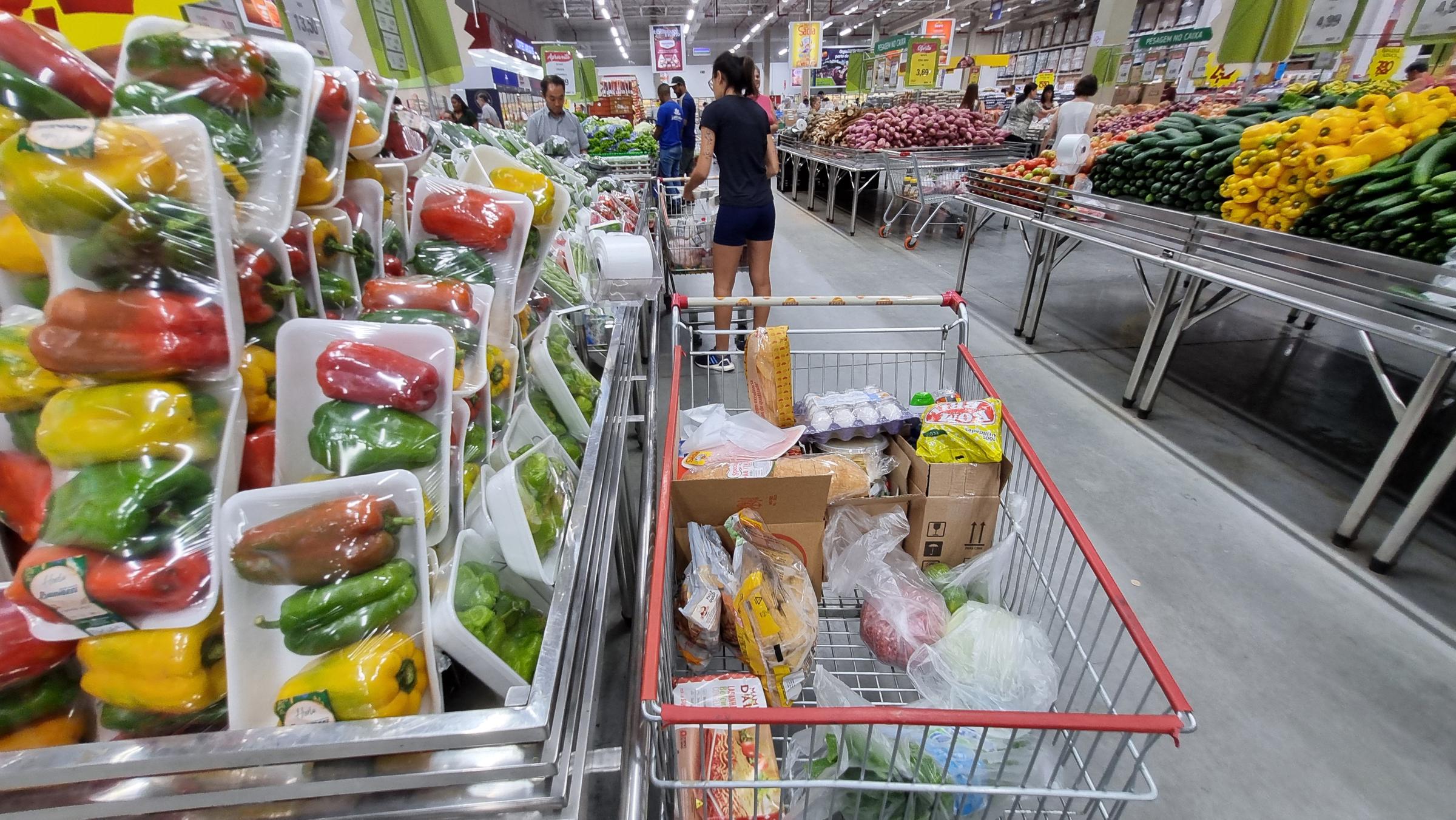
Photo of a grocery store | Source: Getty Images
Making Safer Choices in a Complicated Food System
The 2025 Dirty Dozen doesn't tell consumers to fear food. It asks them to pay attention to where their produce comes from, what may be left on it, and how those choices affect long-term health.
While industry experts emphasize that residue levels are legal and low, advocacy groups are focused on cumulative exposure, especially in vulnerable populations. And while the science is still evolving, consumers don't have to wait for consensus to make safer choices.

A plate of salad | Source: Getty Images
Washing well, buying organic when possible, and relying on tools like the "Shopper's Guide" are small but meaningful steps. Because in a system this complex, there's no perfect solution, but there are better ones.
The information in this article is not intended or implied to be a substitute for professional medical advice, diagnosis or treatment. All content, including text, and images contained on news.AmoMama.com, or available through news.AmoMama.com is for general information purposes only. news.AmoMama.com does not take responsibility for any action taken as a result of reading this article. Before undertaking any course of treatment please consult with your healthcare provider.
